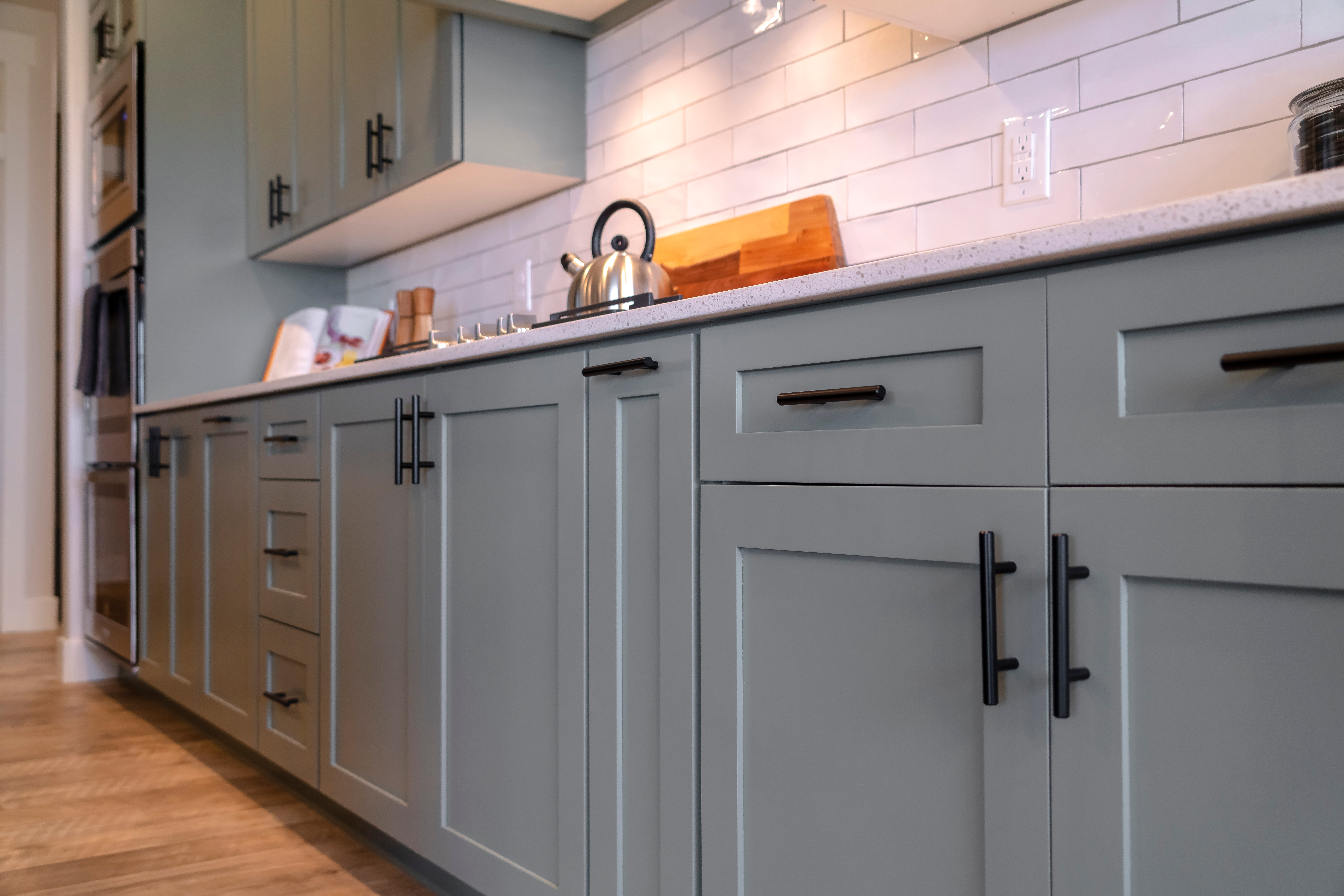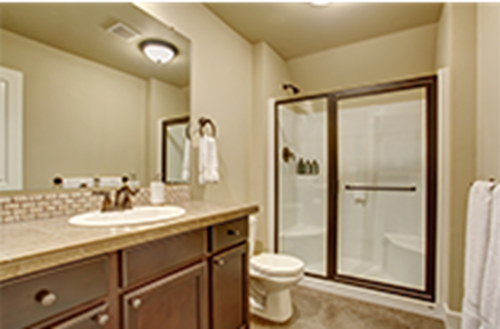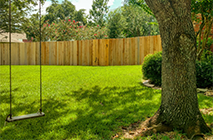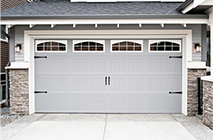
Bugs and Mice in Kitchen Cabinets
When storing food in your cabinets, it’s important to keep an eye out for pantry pests and other invaders. These pests tend to feed on stored food and any crumbs that are accidentally spilled when retrieving or replacing items in your cabinet. Read more to learn about how to get rid of bugs and mice in kitchen cabinets.
These pesky invaders include earwigs, Indian meal moths, merchant grain beetles, ants and mice.
Cabinet Pest Identification
Earwigs

Earwigs are slender insects that get their name from the old European myth that they crawl into people’s ears and tunnel into their brains while they are sleeping. Here’s how you can identify them:
- Long, narrow body with pinchers
- 6 legs and antennae
- Feed during the day, prefer cold, moist areas at night
Indian Meal Moths

The Indian meal moth was given its name after an entomologist found it feeding on corn meal, also known as Indian meal. These pests often invade food items found in pantries, so it’s important to know how to identify them:
- Usually between 2/3" and 3" in size
- Elongated body with brown and white wings
- Six legs and antennae
House Mice

Not only do house mice pose significant health and property risks, but mice often breed rapidly and can easily adapt to changing conditions. House mice often invade kitchen cabinets looking for food, or possibly shelter. Here’s how to identify them:
- Usually between 2 ½” and 3 3/4 “ in size
- Round bodies with dusty gray fur
- If you have an infestation, you will usually find mouse droppings (about ¼” in size) inside a cabinet
Merchant Grain Beetles

Merchant grain beetles are not typically found in grain products, but instead like to infest cereals, cake mixes, macaroni, cookies and chocolate. Their unique body shape allows them to crawl into packaging to eat, live and lay eggs. Here’s how to identify them:
- Dark brown in color
- Six saw-like teeth on each side of their bodies
- Large, round, forward-facing eyes
- 1/10 inch in size with antennae
Ants

Odorous house ants, Argentine ants and pavement ants are the species of ants you’ll likely encounter in your kitchen cabinets. Odorous house ants tend to prefer sweet, sugary food, while Argentine ants and pavement ants target more savory food like bread, oils and fats.Tiny brown or black bugs in kitchen cabinets may in fact be an ant infestation. Here are some characteristics of ants to use as a guideline for identifying them:
- Typically black, brown or red, but may be other colors such as yellow
- Six legs and antennae
- Usually between 1/3 and 1/2 of an inch in size
- Small “waist” and large abdomen
MORE FROM THE NATIONAL PEST MANAGEMENT ASSOCIATION
What are the Signs of a Pest Infestation in Cabinets
Pests can enter your home through any openings to the outside. This can include any cracks, crevices or holes in the walls of your home as well as holes or tears in window or door screens. They will then make their way to any available food source, making pantries a prime target.
Pests can also infest products in food processing facilities and storage warehouses, so it’s important to inspect all items at the grocery store for signs of damage before purchasing to prevent bringing an infestation home with you.

How to Keep Mice and Bugs From Getting Inside Kitchen Cabinets
By keeping your kitchen cabinets well-maintained and clear of food debris, pests are less likely to be attracted to them.
Here are some helpful tips to ensure your cabinets remain pest-free:
- Store food and baking items in sealable glass containers with secure lids.
- Make sure to inspect the packaging of stored food items before bringing them into your home for signs of pest damage.
- Check expiration dates on baking ingredients before use. Occasionally sort through old items in the pantry and toss out anything that’s been stored for a long period of time.
- Keep cabinets clear of any crumbs or spilled food items. Also, consider periodically emptying the cupboards and cleaning them with soap and water to get rid of any bugs that may be hiding inside.
- Look for any cracks or holes where pests might be coming into your home and seal them immediately.
Find a Pest Control Professional for Cabinet Pests
Don’t wait for an infestation to get worse! If you find any pests in your cabinets or suspect an infestation, contact a licensed pest professional.













